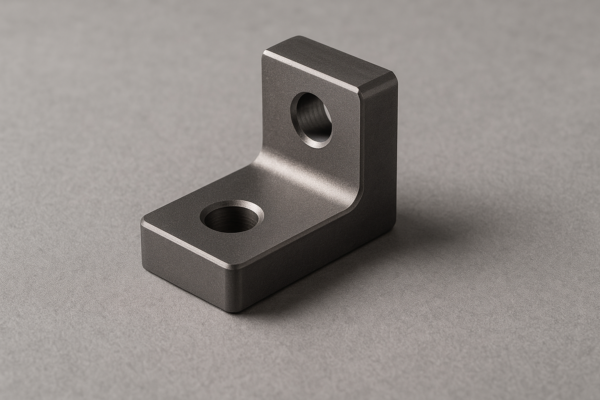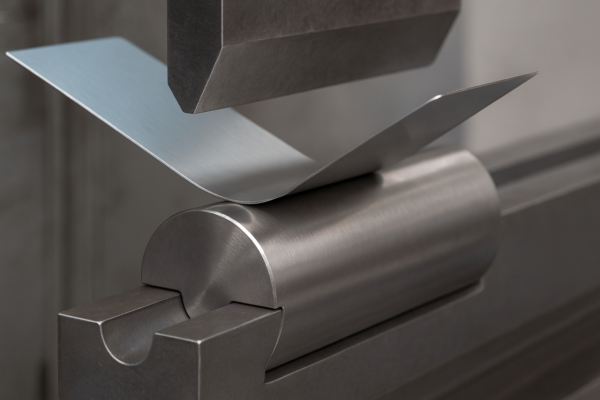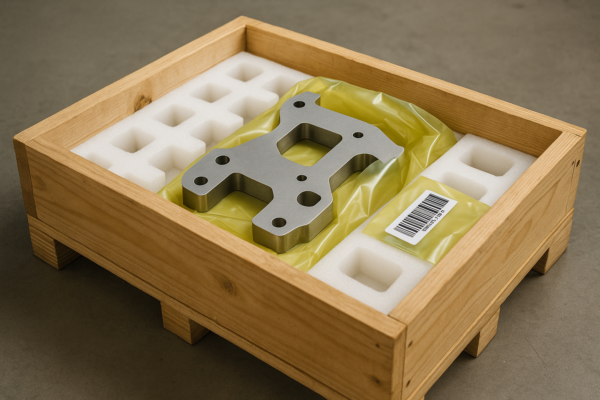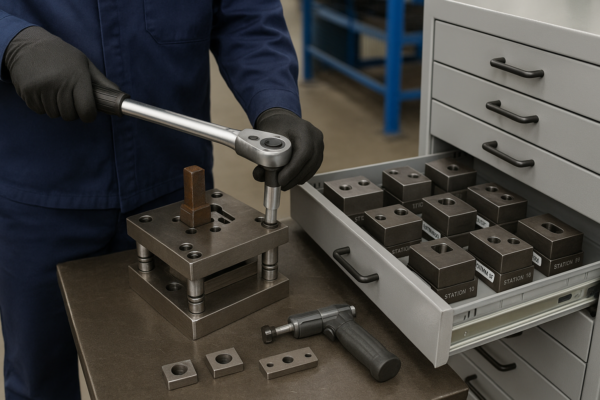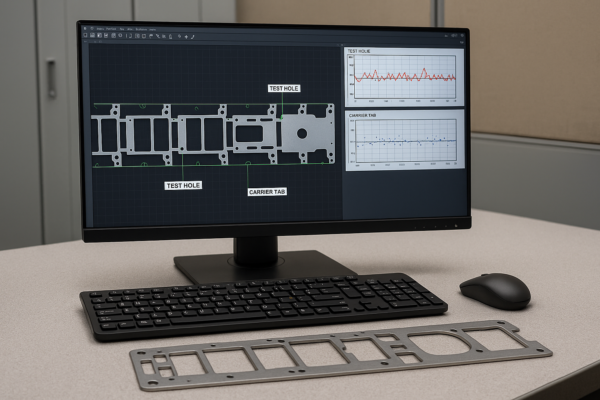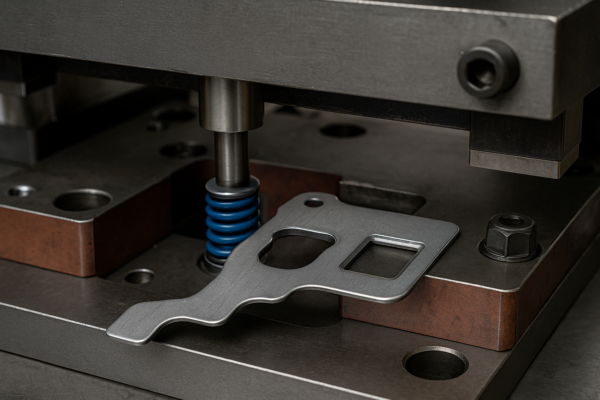Top 10 Metal Casting Materials: Pros, Cons, and Applications You Must Know
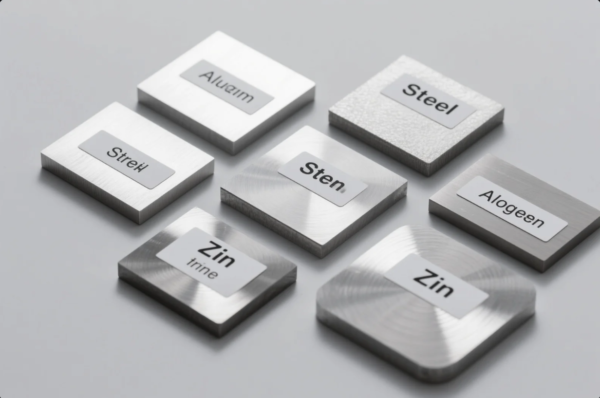
Selecting the wrong metal can ruin your casting project before it starts.
From aluminum to stainless steel and ductile iron, each casting material has distinct traits. This guide breaks down the top 10 materials used in industrial casting, including when, where, and why to use them.
This article is essential reading for engineers, buyers, and project managers seeking cost-effective, high-performance casting solutions. It includes data-backed insights from trusted resources like the Matmatch Alloy Explorer, TotalMateria Property Index, and the American Foundry Society.
When to Use Aluminum, Steel, Iron, or Zinc in Casting
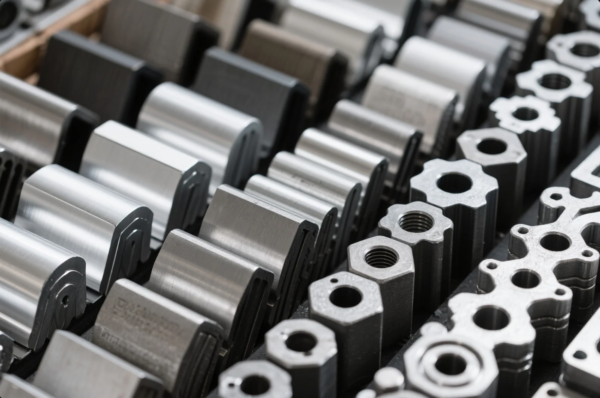
Each metal serves specific roles. Aluminum is light, zinc is precise, iron is durable, and steel is strong.
According to the Aluminum Association, aluminum is ideal for parts requiring low weight and high corrosion resistance. Its high thermal conductivity makes it perfect for heat exchangers and electronic housings. Die cast aluminum alloys like A380 or A356 are commonly used for automotive components.
Zinc alloys such as Zamak 3 and Zamak 5 are widely used for complex, small-scale die casting. As noted by Dynacast, zinc enables excellent detail, thin walls, and high production speeds.
Cast iron remains a staple in heavy industrial applications, favored for its vibration damping and compressive strength. Data from The Cast Metals Federation supports its use in brake rotors, machine frames, and gearboxes.
Carbon steel offers affordability and tensile strength. It’s versatile across industries, as documented by the World Steel Association. Stainless steel is highly corrosion-resistant, ideal for valves, pumps, and marine use.
| Material | Pros | Cons | Best For |
|---|---|---|---|
| Aluminum | Lightweight, corrosion-resistant | Lower strength at high temp | Auto parts, enclosures |
| Zinc | Excellent finish, dimensional control | Brittle in cold | Die cast housings, connectors |
| Cast Iron | Great vibration damping | Brittle under shock load | Machinery bases, brake rotors |
| Carbon Steel | Strong, weldable, affordable | Rusts without coating | Structural, general-purpose |
| Stainless Steel | Corrosion-resistant, durable | High melting point, costly | Valves, pumps, marine fittings |
Compare exact properties in Matmatch Mechanical Tables and TotalMateria’s Grade Index.
Ductile Iron vs. Gray Iron: What’s the Difference?
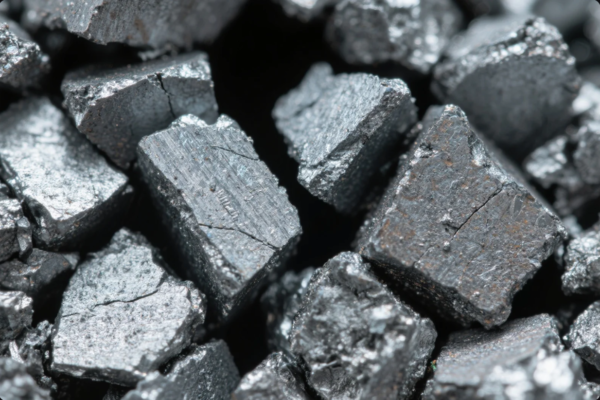
Ductile iron has nodular graphite for flexibility. Gray iron has flake graphite for damping and hardness.
The Ductile Iron Society explains that magnesium is added during the melt to convert graphite from flake to spheroidal form. This change increases ductility and impact resistance. Ductile iron (also known as GGG40 or GGG60) is used in high-pressure pipes, suspension arms, and structural castings.
Gray iron’s flake graphite structure is excellent at absorbing vibrations, per research by Foundry Management & Technology. It’s often used in engine blocks, compressor housings, and machine tool beds.
| Property | Gray Iron | Ductile Iron |
|---|---|---|
| Graphite Shape | Flakes | Spheroids (nodules) |
| Tensile Strength | 20,000–40,000 psi | 60,000–100,000 psi |
| Elongation | <1% | 3–15% |
| Shock Resistance | Low | High |
| Machinability | Excellent | Good |
Details available via Engineering Toolbox Iron Grades.
Which Casting Material Is Best for Corrosion Resistance?
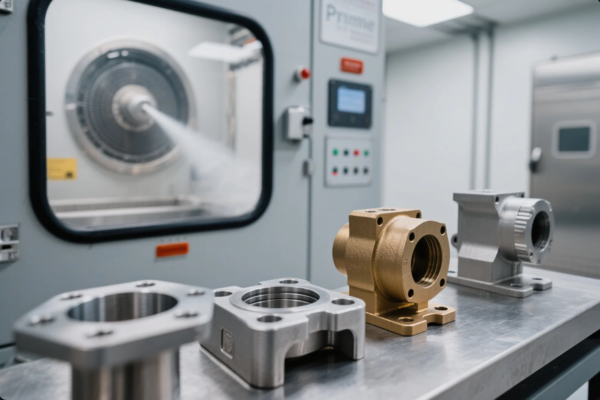
Stainless steel and bronze lead in corrosion resistance. Aluminum performs well in marine and outdoor use.
The AZoM Materials Database notes that 316L stainless steel is one of the best materials for resisting chlorides and acidic conditions. The Copper Development Association cites bronze alloys like C90300 as high-performance choices for seawater and pump applications.
Aluminum’s resistance comes from its passive oxide film, but for extended use in saltwater, surface treatments like anodizing (described in Aluminium Federation UK) are essential.
Ductile iron and carbon steel require galvanization, epoxy coatings, or powder finishing, as outlined by NACE International.
| Material | Corrosion Resistance Level | Notes |
|---|---|---|
| 316 Stainless Steel | Excellent | Best for harsh chemical exposure |
| Bronze | Excellent | Resists seawater, wear |
| Aluminum Alloys | Good | May need anodizing for marine use |
| Ductile Iron | Fair (with coating) | Rusts without paint or plating |
| Zinc Alloys | Good | Forms protective zinc oxide layer |
Further insights from Corrosionpedia and NI Salt Spray Testing Standards.
Cost-Efficiency Tips for Choosing the Right Alloy
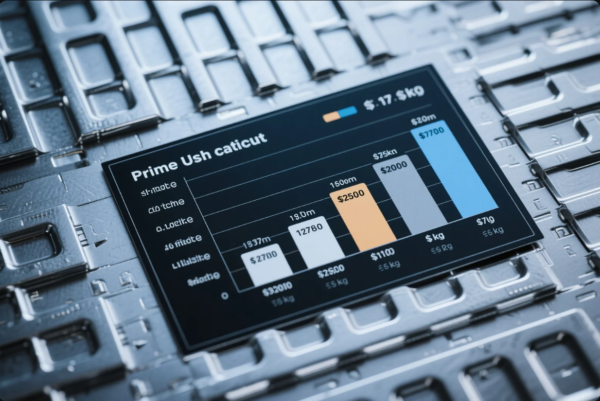
Balance price, strength, corrosion resistance, and volume. Use foundry experience and material specs to avoid overengineering.
According to ThomasNet Casting Cost Guide, die-cast zinc and aluminum offer the best balance for parts under 500g with tight tolerances. For large parts, cast iron provides the lowest cost per kg.
The Foundry Planet suggests that combining casting with minimal machining and surface finishing saves 15–25% in total cost.
Tips:
- Use Zamak 3 for inexpensive, accurate die casting.
- Select AlSi10Mg alloys for lightweight aerospace structures.
- Choose ductile iron over stainless steel for structural strength at half the price.
- Work with suppliers that support alloy substitution or material consultation.
Check updated alloy prices on MetalMiner Index, Fastmarkets, and London Metal Exchange.
Conclusion and Contact
Selecting the right casting material requires balancing cost, performance, finish, and production method. Prime supports engineers and procurement teams by offering tailored material suggestions, sample development, and ISO-certified casting services.
📩 Email: [email protected]
🌐 Website: https://primecustomparts.com
Get a free consultation today with our engineering team to find the best match for your next casting project.
We serve global markets with fast lead times, advanced QA systems, and over 20 years of B2B experience.

